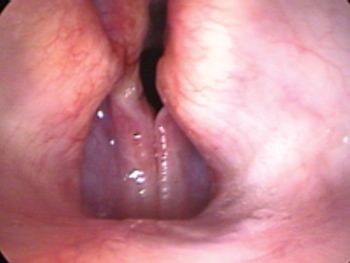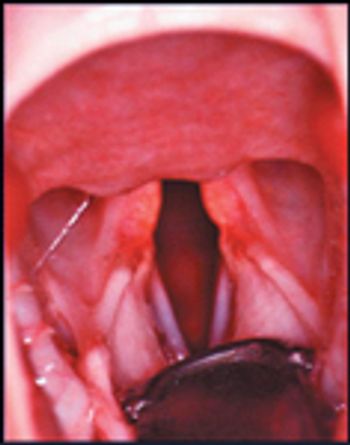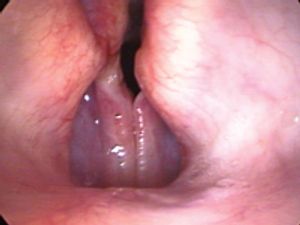
The tie back remains the most common surgical method for correction.

The tie back remains the most common surgical method for correction.

Laryngeal paralysis is recognized because of the loss of function in the paired cricoarytenoideus dorsalis (CAD) muscles, which are the only abductors of the aytenoid cartilages.

Published: August 1st 2011 | Updated:

Published: July 1st 2011 | Updated: